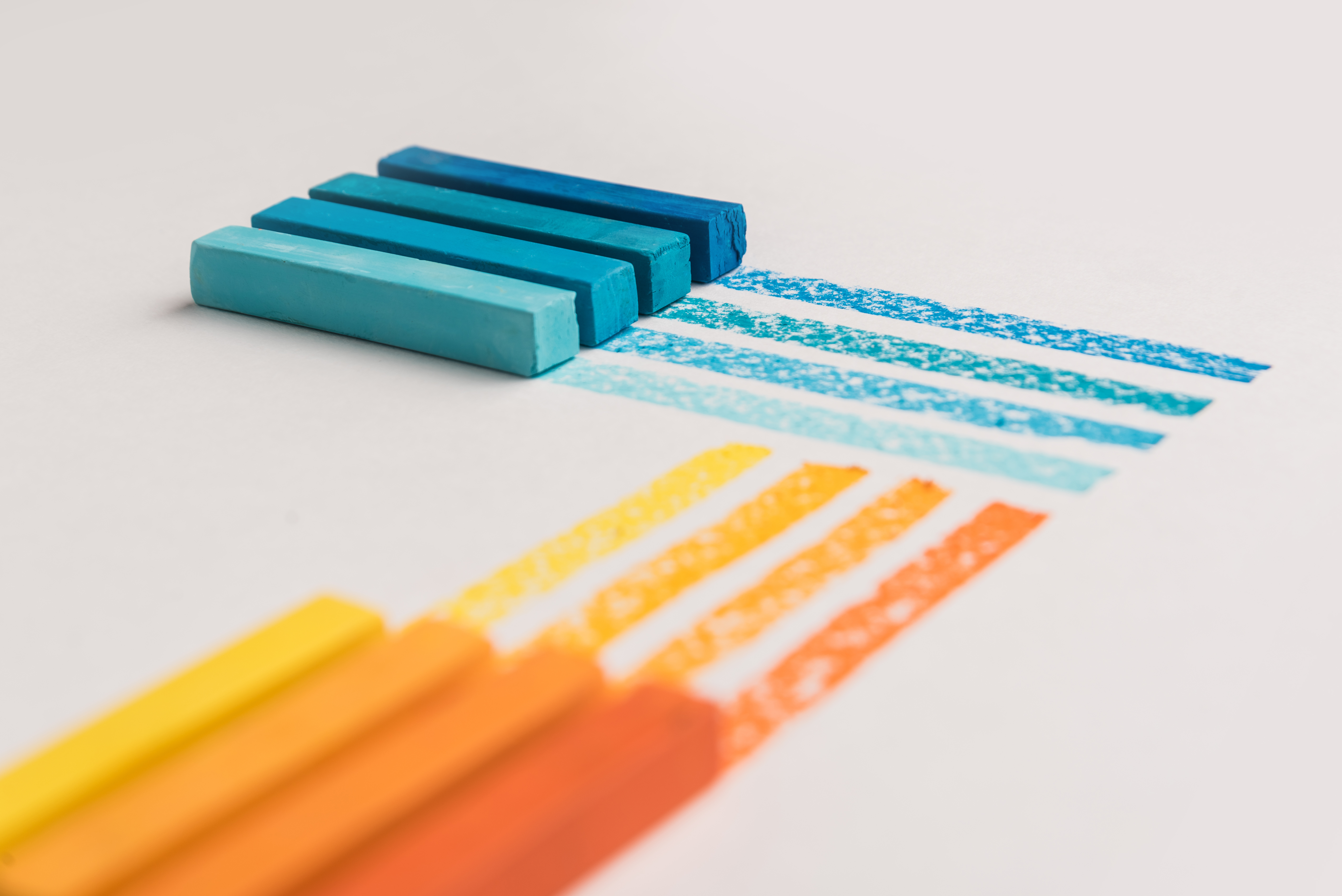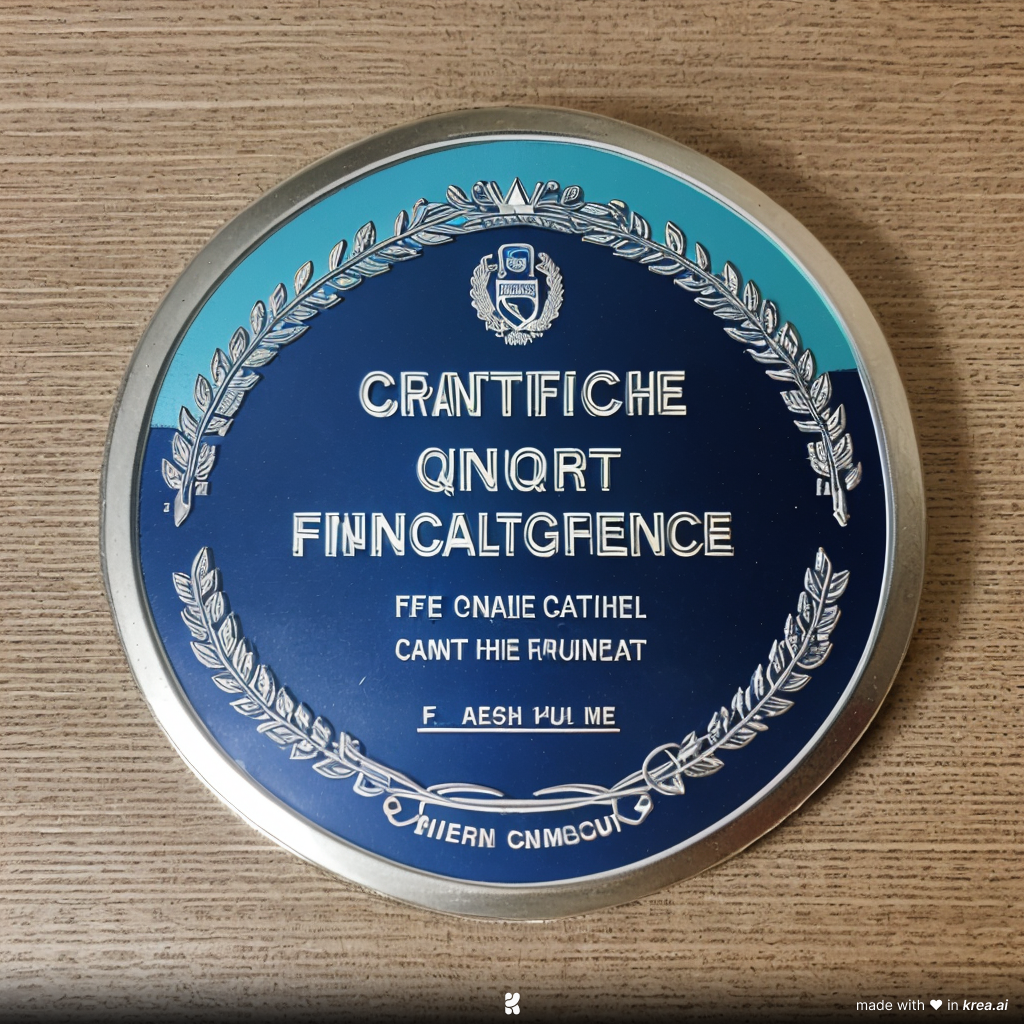We found 13 results that contain "tag"
Posted on: #iteachmsu



Posted by
about 2 months ago

Parent group post by admin:
Direct interaction:
API tests send requests directly to API endpoints and analyze the responses to ensure they meet expected outcomes. This involves checking status codes, response times, and the structure and content of the data returned.
Focus on business logic:
API testing primarily validates the underlying business rules and data flow within an application, independent of the user interface.
Early defect detection:
By testing APIs early in the development lifecycle, issues can be identified and resolved before they become more complex and costly to fix in later stages.
Automation potential:
API tests are highly automatable, allowing for frequent and efficient execution, which is crucial for continuous integration and continuous delivery (CI/CD) pipelines.
Types of API tests:
This can include functional testing (verifying core functionality), performance testing (measuring response times under load), security testing (identifying vulnerabilities), and integration testing (ensuring seamless communication between APIs and external services).
Direct interaction:
API tests send requests directly to API endpoints and analyze the responses to ensure they meet expected outcomes. This involves checking status codes, response times, and the structure and content of the data returned.
Focus on business logic:
API testing primarily validates the underlying business rules and data flow within an application, independent of the user interface.
Early defect detection:
By testing APIs early in the development lifecycle, issues can be identified and resolved before they become more complex and costly to fix in later stages.
Automation potential:
API tests are highly automatable, allowing for frequent and efficient execution, which is crucial for continuous integration and continuous delivery (CI/CD) pipelines.
Types of API tests:
This can include functional testing (verifying core functionality), performance testing (measuring response times under load), security testing (identifying vulnerabilities), and integration testing (ensuring seamless communication between APIs and external services).
Assessing Learning
Posted on: #iteachmsu



Posted by
over 1 year ago

Natural resources are the raw materials and sources of energy that we use. Petrol, metals, soil, sand, wind, water, and everything in between are natural resources. Manufactured items such as plastic, sheet metal, fabrics, microchips, electricity and concrete are not natural resources, but are most definitely derived from natural resources.
Natural resources are the raw materials and sources of energy that we use.
Petrol, metals, soil, sand, wind, water and everything in between are natural resources. Manufactured items such as plastic, sheet metal, fabrics, microchips, electricity and concrete are not natural resources, but are most definitely derived from natural resources.
Think about the relationship between natural resources and manufactured products. In essence, we call them “natural” resources because they are things human society uses that are created (or were created in the case of fossil fuels) without human intervention.
Perpetually Renewable Resources
Perpetually renewable resources are the easiest resources to understand; these are natural resources that are constantly replenished by the Sun’s and Earth’s natural processes. For example, every day the sun delivers an average of 198 Watts of energy to every square meter (m
) of the Earth’s surface. For comparison a standard incandescent light bulb in a bedside lamp uses 40 Watts, or a 100kg person climbing a step in 2 seconds uses roughly 200 Watts. Every day without fail for the last 5 billion years (plus or minus a few hundred million years) the Sun has delivered this solar energy.
Together with geothermal energy (heat from the Earth’s interior), the Sun’s perpetual energy powers the winds, ocean currents, precipitation and most of the Earth’s plant life. Solar and geothermal natural resources currently energise a significant and growing percentage of many nations’ electrical grids. It is perpetually renewable in the sense that no matter how much we use in terms of human time-scales (e.g decades to millennia), the Sun and the Earth will always make more.
Intermediate Renewable Resources
Intermediate renewable resources are only renewable resources if we don’t use them too quickly. They are resources such as freshwater, soil, crops and trees for timber. If we didn’t use them, they would be perpetually renewable, but because they require time (on human time-scales) to regenerate or grow, we can overuse them until they are no longer available.
Freshwater is a great example of an intermediate renewable resource. Through the water cycle, the sun evaporates water from the surface of saltwater oceans that travels over land and falls back to earth as freshwater rain. This rain fills the lakes, rivers and aquifers we use for agriculture, industry and drinking water. If we use this freshwater at the same rate as the rain recharging it, then we won’t run out. If we use the freshwater faster than it recharges, then we will. Intermediate renewable resources must be carefully managed to ensure they are not depleted.
Non-renewable Resources
The last category of natural resources are the non-renewables. These are resources that will not regenerate on human time-scales. Once they have been depleted they will no longer be available and no more will be made. The most common examples of non-renewable resources are fossil fuels, so-called because most were created by processes that take millions of years. Fossil fuels include crude oil, natural gas, coal and uranium. Other non-renewable resources include metals, lithium and rare-Earth elements (REE’s), but it’s important to remember that while we may eventually run out of mineable metals and REE’s, with careful waste management, these can be recovered through recycling. However, it is not the same for fossil fuels as using them for energy alters their chemistry so they are no longer useful.
Natural resources are the raw materials and sources of energy that we use.
Petrol, metals, soil, sand, wind, water and everything in between are natural resources. Manufactured items such as plastic, sheet metal, fabrics, microchips, electricity and concrete are not natural resources, but are most definitely derived from natural resources.
Think about the relationship between natural resources and manufactured products. In essence, we call them “natural” resources because they are things human society uses that are created (or were created in the case of fossil fuels) without human intervention.
Perpetually Renewable Resources
Perpetually renewable resources are the easiest resources to understand; these are natural resources that are constantly replenished by the Sun’s and Earth’s natural processes. For example, every day the sun delivers an average of 198 Watts of energy to every square meter (m
) of the Earth’s surface. For comparison a standard incandescent light bulb in a bedside lamp uses 40 Watts, or a 100kg person climbing a step in 2 seconds uses roughly 200 Watts. Every day without fail for the last 5 billion years (plus or minus a few hundred million years) the Sun has delivered this solar energy.
Together with geothermal energy (heat from the Earth’s interior), the Sun’s perpetual energy powers the winds, ocean currents, precipitation and most of the Earth’s plant life. Solar and geothermal natural resources currently energise a significant and growing percentage of many nations’ electrical grids. It is perpetually renewable in the sense that no matter how much we use in terms of human time-scales (e.g decades to millennia), the Sun and the Earth will always make more.
Intermediate Renewable Resources
Intermediate renewable resources are only renewable resources if we don’t use them too quickly. They are resources such as freshwater, soil, crops and trees for timber. If we didn’t use them, they would be perpetually renewable, but because they require time (on human time-scales) to regenerate or grow, we can overuse them until they are no longer available.
Freshwater is a great example of an intermediate renewable resource. Through the water cycle, the sun evaporates water from the surface of saltwater oceans that travels over land and falls back to earth as freshwater rain. This rain fills the lakes, rivers and aquifers we use for agriculture, industry and drinking water. If we use this freshwater at the same rate as the rain recharging it, then we won’t run out. If we use the freshwater faster than it recharges, then we will. Intermediate renewable resources must be carefully managed to ensure they are not depleted.
Non-renewable Resources
The last category of natural resources are the non-renewables. These are resources that will not regenerate on human time-scales. Once they have been depleted they will no longer be available and no more will be made. The most common examples of non-renewable resources are fossil fuels, so-called because most were created by processes that take millions of years. Fossil fuels include crude oil, natural gas, coal and uranium. Other non-renewable resources include metals, lithium and rare-Earth elements (REE’s), but it’s important to remember that while we may eventually run out of mineable metals and REE’s, with careful waste management, these can be recovered through recycling. However, it is not the same for fossil fuels as using them for energy alters their chemistry so they are no longer useful.
Disciplinary Content
Posted on: Wireframes-- edited


Posted by
about 1 year ago
Edited--Wireframes are basic blueprints that help teams align on requirements, keeping UX design conversations focused and constructive. Think of your wireframe as the skeleton of your app, website, or other final product. Your wireframe shows the design team and stakeholders the bare-bones outlines of essential webpages, components, and features, including:
Screen layouts
Navigation bars
Components of UX and UI design
Interactive elements
At the early stages of design, low-fidelity wireframes rely on lorem ipsum text and simple boxes as placeholders for images and videos. This helps the design team, copywriters, and other team members to focus on basic functionality to align around the right direction.
Starting with a clean, spare wireframe design also gives UI/UX designers room to iterate. They can collect early feedback from user testing on core UX/UI elements, without distracting users with visual design details. Design teams try out different concepts, user flows, and templates as they work toward the ultimate user experience.
Screen layouts
Navigation bars
Components of UX and UI design
Interactive elements
At the early stages of design, low-fidelity wireframes rely on lorem ipsum text and simple boxes as placeholders for images and videos. This helps the design team, copywriters, and other team members to focus on basic functionality to align around the right direction.
Starting with a clean, spare wireframe design also gives UI/UX designers room to iterate. They can collect early feedback from user testing on core UX/UI elements, without distracting users with visual design details. Design teams try out different concepts, user flows, and templates as they work toward the ultimate user experience.
Justice and Belonging
Posted on: Smoke test group on UAT from Venturit team



Posted by
6 months ago

Smoke test post from venturit team..
Every single one of the top ten best-selling smartphones globally is from one of just two companies: Apple and Samsung. Counterpoint Research just released its report on the top ten best-selling phones, and it’s a pretty familiar story from last year: Apple and Samsung cleaned up.
One change: people are spending more for iPhones, with Apple’s pricy Pro line growing to represent half of all iPhone sales so far this year, up from just 24% in 2023. It’s not just the Pro models that are doing well: Apple’s bigger Max models are also cleaning up, a sign that people increasingly want larger smartphones, says Counterpoint.
Here are the top 10 best-selling models of smartphones globally for Q1 2024, along with the percentage of total smartphone sales they captured:
iPhone 15 Pro Max: 4.4%
iPhone 15: 4.3%
iPhone 15 Pro: 3.7%
iPhone 14: 1.9%
Galaxy S24 Ultra: 1.9%
Galaxy A15 5G: 1.5%
Galaxy A54: 1.4%
iPhone 15 Plus: 1.3%
Galaxy S24: 1.0%
Galaxy A34: 1.0%
Every single one of the top ten best-selling smartphones globally is from one of just two companies: Apple and Samsung. Counterpoint Research just released its report on the top ten best-selling phones, and it’s a pretty familiar story from last year: Apple and Samsung cleaned up.
One change: people are spending more for iPhones, with Apple’s pricy Pro line growing to represent half of all iPhone sales so far this year, up from just 24% in 2023. It’s not just the Pro models that are doing well: Apple’s bigger Max models are also cleaning up, a sign that people increasingly want larger smartphones, says Counterpoint.
Here are the top 10 best-selling models of smartphones globally for Q1 2024, along with the percentage of total smartphone sales they captured:
iPhone 15 Pro Max: 4.4%
iPhone 15: 4.3%
iPhone 15 Pro: 3.7%
iPhone 14: 1.9%
Galaxy S24 Ultra: 1.9%
Galaxy A15 5G: 1.5%
Galaxy A54: 1.4%
iPhone 15 Plus: 1.3%
Galaxy S24: 1.0%
Galaxy A34: 1.0%
Disciplinary Content
Posted on: #iteachmsu



Posted by
about 2 months ago

Edited--The Agile Alliance defines 12 lightness principles for those who need to attain agility:
Our highest priority is to satisfy the client through early and continuous delivery of valuable computer software.
Welcome dynamic necessities, even late in development. Agile Processes harness modification for the customer’s competitive advantage.
Deliver operating computer software often, from a pair of weeks to a couple of months, with a preference to the shorter timescale.
Business individuals and developers should work along daily throughout the project.
The build comes around actuated people. offer them the setting and support they have, and trust them to urge the task done.
the foremost economical and effective methodology of conveyancing info to and among a development team is face-to-face speech.
Working with computer software is the primary life of progress.
Agile processes promote property development. The sponsors, developers, and users will be able to maintain a relentless pace indefinitely.
Continuous attention to technical excellence and smart style enhances nimbleness.
Simplicity—the art of maximizing the number of work not done—is essential.
the most effective architectures, necessities, and styles emerge from self–organizing groups.
At regular intervals, the team reflects on a way to become simpler, then tunes and adjusts its behavior consequently.
Our highest priority is to satisfy the client through early and continuous delivery of valuable computer software.
Welcome dynamic necessities, even late in development. Agile Processes harness modification for the customer’s competitive advantage.
Deliver operating computer software often, from a pair of weeks to a couple of months, with a preference to the shorter timescale.
Business individuals and developers should work along daily throughout the project.
The build comes around actuated people. offer them the setting and support they have, and trust them to urge the task done.
the foremost economical and effective methodology of conveyancing info to and among a development team is face-to-face speech.
Working with computer software is the primary life of progress.
Agile processes promote property development. The sponsors, developers, and users will be able to maintain a relentless pace indefinitely.
Continuous attention to technical excellence and smart style enhances nimbleness.
Simplicity—the art of maximizing the number of work not done—is essential.
the most effective architectures, necessities, and styles emerge from self–organizing groups.
At regular intervals, the team reflects on a way to become simpler, then tunes and adjusts its behavior consequently.
Justice and Belonging
Posted on: #iteachmsu



Posted by
8 months ago

Predominantly hyperactive/impulsive type.
The student may:
o Appear to be in constant motion,
o frequently fidget or move in his or her seat,
o become restless during quiet activities,
o leave his or her seat when expected to remain seated,
o interrupt others and classroom activities,
o talk excessively, and/or
o fail to follow classroom procedures (e.g., blurt out answers without raising hand).
The student may:
o Appear to be in constant motion,
o frequently fidget or move in his or her seat,
o become restless during quiet activities,
o leave his or her seat when expected to remain seated,
o interrupt others and classroom activities,
o talk excessively, and/or
o fail to follow classroom procedures (e.g., blurt out answers without raising hand).
Disciplinary Content
Posted on: 12 Best API Testing Tools for 2025



Posted by
about 2 months ago

Child group post by admin:
API testing is a procedure developers use to evaluate APIs' functionality, efficacy, and security. Before releasing their software, the results of API testing will inform developers if problem fixes and patches are required. They accomplish this through a simulation that entails sending queries that would reach the API when it is accessible to its users, regardless of whether it is authentic. They observe the API to determine how it will react to this volume of queries. If the results are positive, integrating the API is secure. If not, they will be required to fix it.
API testing is a procedure developers use to evaluate APIs' functionality, efficacy, and security. Before releasing their software, the results of API testing will inform developers if problem fixes and patches are required. They accomplish this through a simulation that entails sending queries that would reach the API when it is accessible to its users, regardless of whether it is authentic. They observe the API to determine how it will react to this volume of queries. If the results are positive, integrating the API is secure. If not, they will be required to fix it.
Justice and Belonging
Posted on: #iteachmsu



Posted by
about 2 months ago

By Chathu:
Rural Agriculture Small Farm Ideas
A tree nursery can be a great investment when done right. Most farmers start with 10 to 20 seedlings on a small plot and, with the right marketing strategy, have the baby trees sold out before they mature. Seedlings run from 15 cents to $1.60 per tree, a sapling of two years can sell for $20 to $100, and a fully-grown tree can get you $1,000 or more—making for a large profit, if you have the time to wait.
Spend some time researching how to organically source the trees you want to grow. Fruit tree propagation, for example, can be done by grafting or budding (joining parts from multiple plants), and this increases your chances of producing the same variety of trees as opposed to using seeds.
If you have 10 or more acres, experience growing trees, and the right climate, Christmas tree farms can be a profitable option. You need to watch the trees as they grow, pruning them to make sure they are healthy and bushy for the holidays.
Rural Agriculture Small Farm Ideas
A tree nursery can be a great investment when done right. Most farmers start with 10 to 20 seedlings on a small plot and, with the right marketing strategy, have the baby trees sold out before they mature. Seedlings run from 15 cents to $1.60 per tree, a sapling of two years can sell for $20 to $100, and a fully-grown tree can get you $1,000 or more—making for a large profit, if you have the time to wait.
Spend some time researching how to organically source the trees you want to grow. Fruit tree propagation, for example, can be done by grafting or budding (joining parts from multiple plants), and this increases your chances of producing the same variety of trees as opposed to using seeds.
If you have 10 or more acres, experience growing trees, and the right climate, Christmas tree farms can be a profitable option. You need to watch the trees as they grow, pruning them to make sure they are healthy and bushy for the holidays.
Navigating Context
